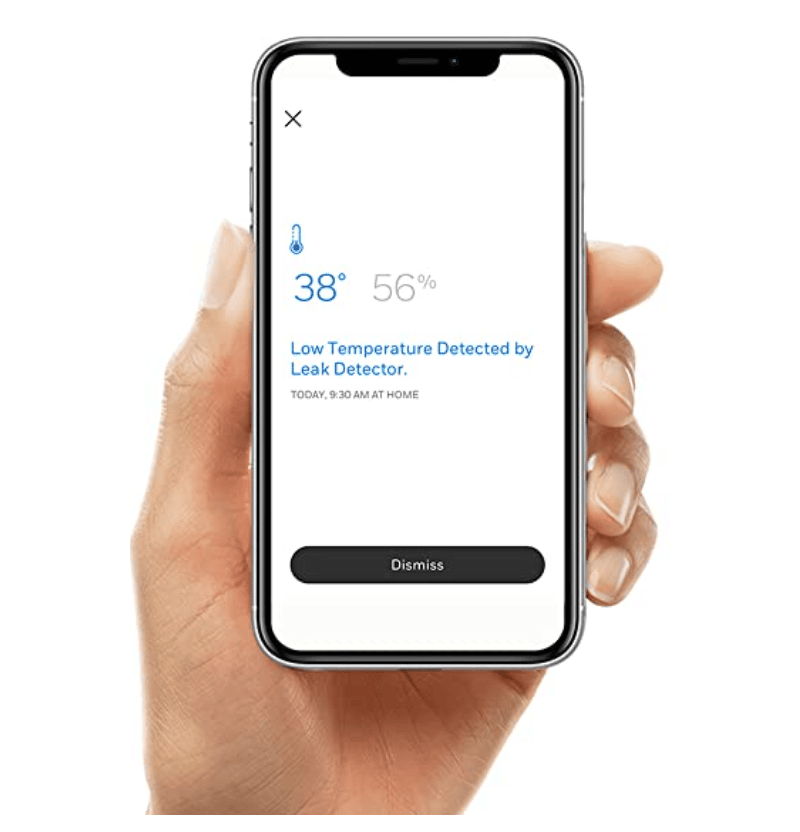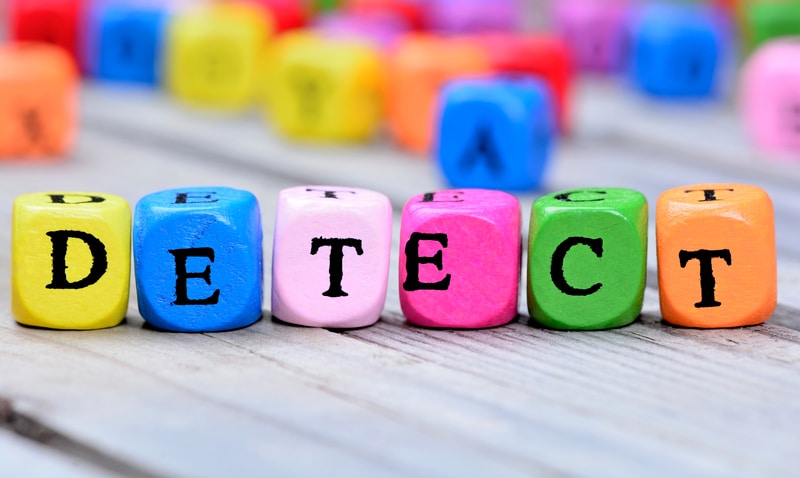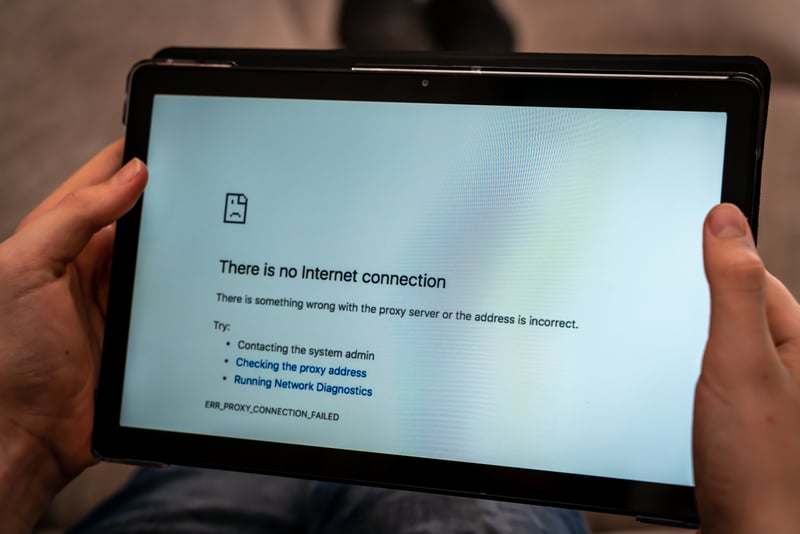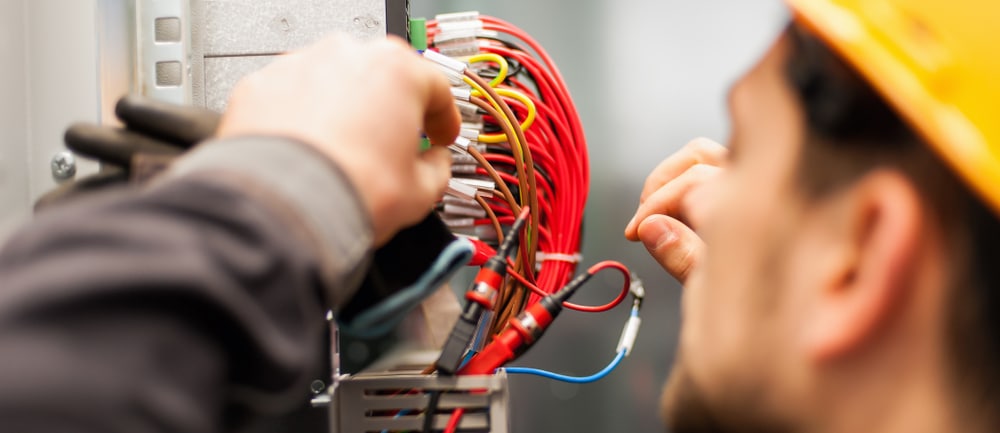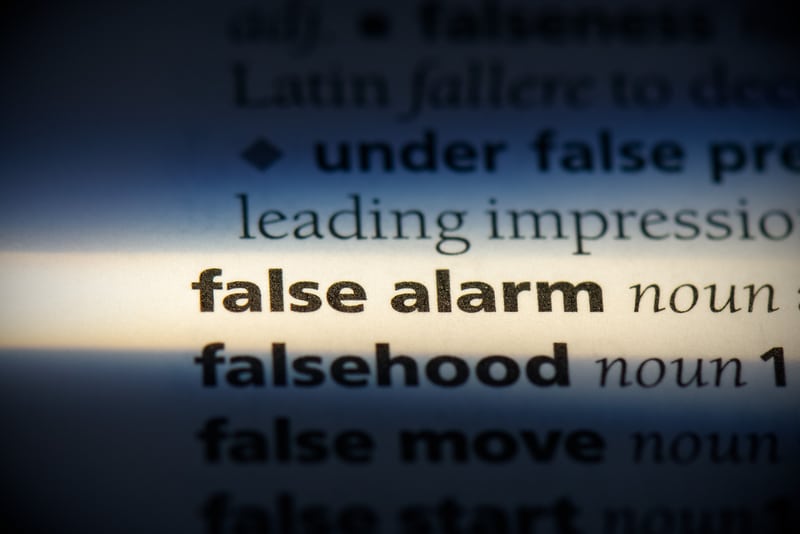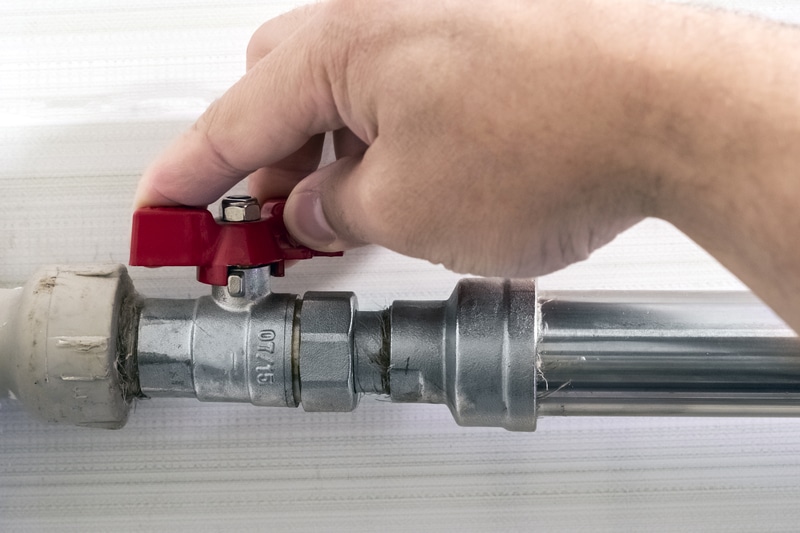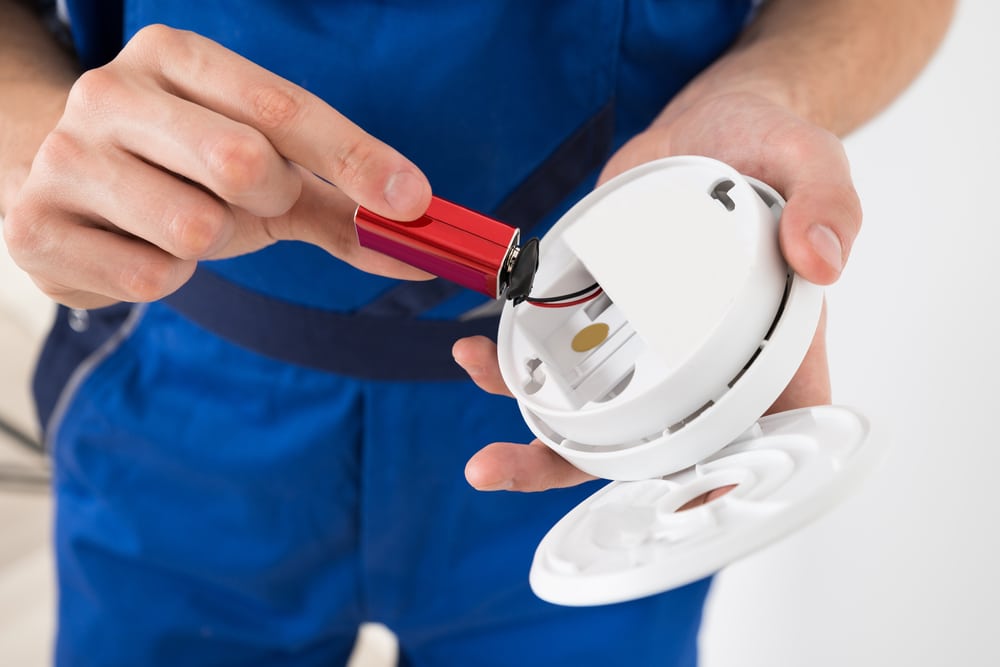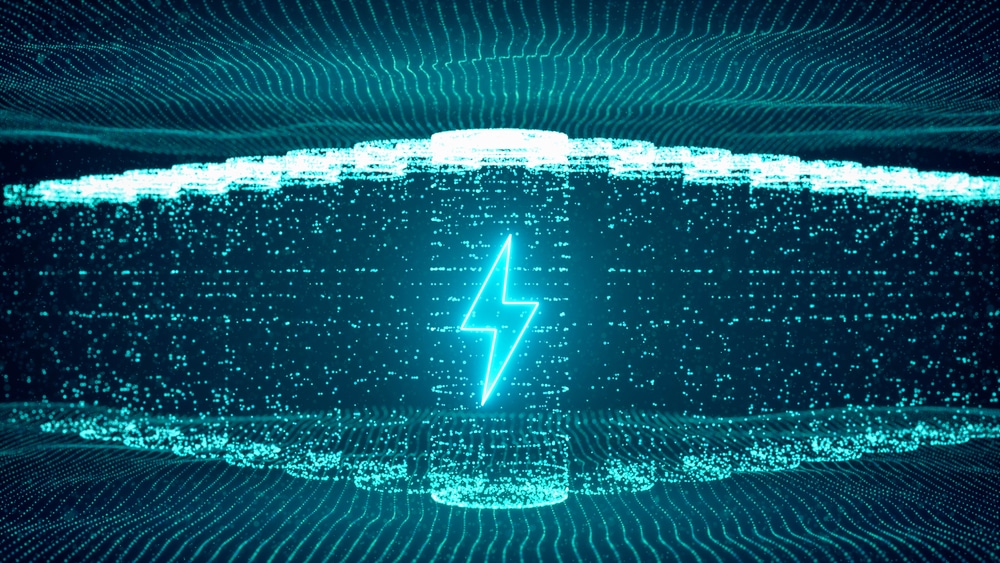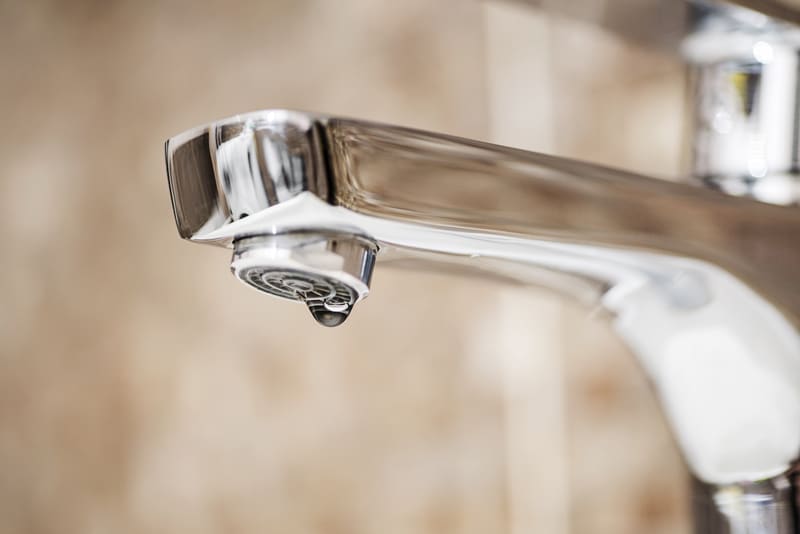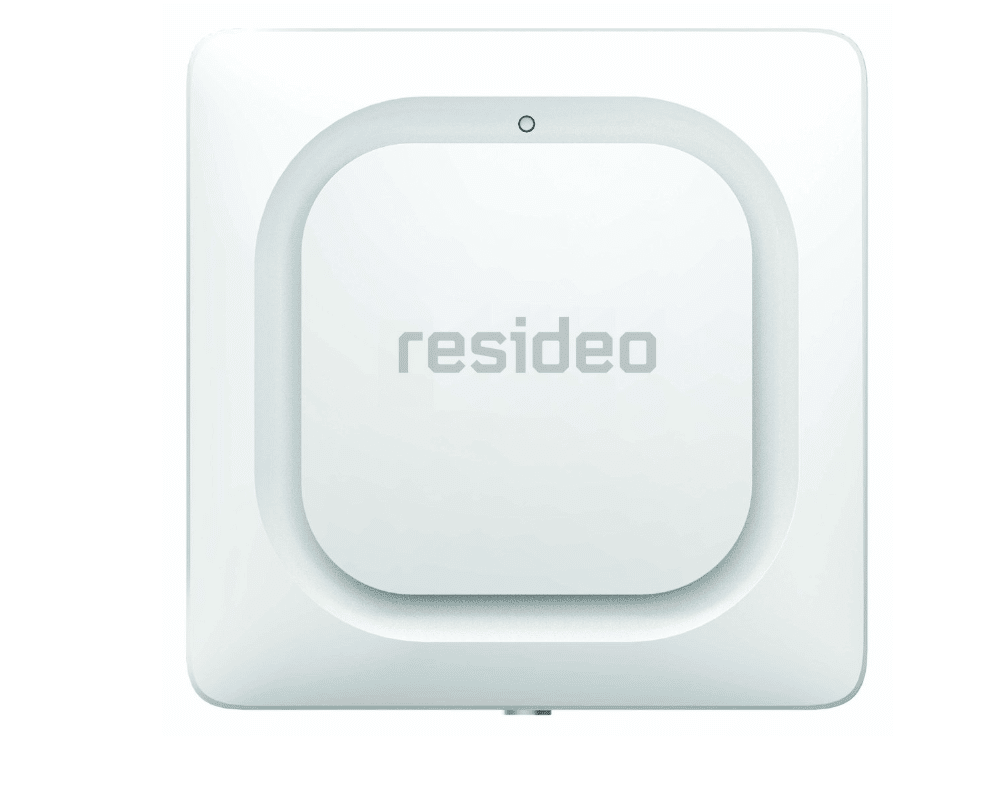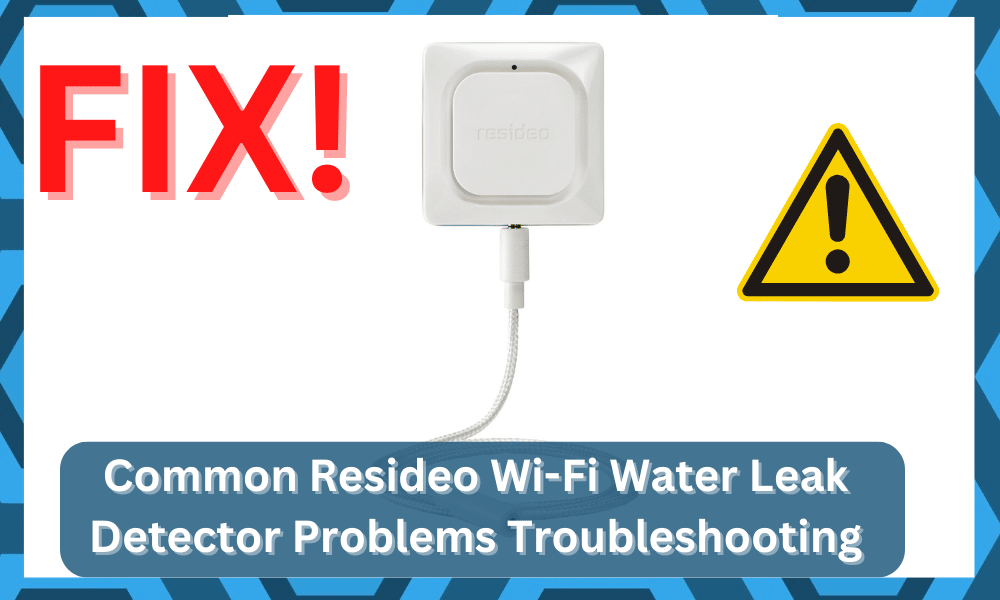
When considering to acquire a Resideo Wi-Fi Water Leak Detector, there are a variety of factors, such as pricing, design, and even color possibilities, that need to be taken into consideration.
Another thing that you need to look into is the typical difficulties that other people have had with their detectors, as well as the solutions that have been found for these problems.
So that you can avoid having the same troubles in the future.
Common Resideo Wi-Fi Water Leak Detector Problems Troubleshooting

Before you make the choice to purchase a detector, you should also check to see whether it has been rated and reviewed by genuine consumers.
This will give you an idea of what it is truly like to have the device in your possession.
- The App Is Not Working
It is possible that the problem with the app is caused by an outdated version of the program.
To resolve this issue, remove the previous version of the Resideo Wi-Fi Water Leak Detector app from your device.
Then download and install the most recent version of the app from either the App Store or the Google Play Store.
In addition to that, check to see that the operating system on your iOS device or Android smartphone has been updated to the most recent version.
You may also try uninstalling the program and then reinstalling it to see if that helps.
If you are still having problems using the app after attempting the instructions above, please get in touch with us so that we may provide additional support.
- No Water Detected
Some users of the Resideo Wi-Fi Water Leak Detector have reported having issues with the device’s ability to detect the presence of water.
It’s possible that the sensitivity settings are at fault here. You may alter the detection range of the Resideo Wi-Fi Water Leak Detector by modifying the sensitivity level.
This allows you to make the device more or less sensitive. If the sensitivity of your water leak detector is increased, it will be able to detect even the tiniest drops of water within its range.
If, on the other hand, it has a lower sensitivity, it will only be able to detect severe leaks that occur outside of its radius.
Adjusting the sensitivity of your Resideo Wi-Fi Water Leak Detector to a higher level can enhance its performance if it does not react to little drops of water but does detect a major leak beyond its radius.
- Cannot Connect To The Internet
The Resideo Wi-Fi Water Leak Detector has an antenna that is integrated right into it, so that it can connect to the internet and check for water leaks.
However, some clients report having difficulties establishing a connection between the detector and their Wi-Fi network.
There are a few different approaches to problem solving that you might follow if you are experiencing this difficulty.
First things first, check to see whether your detector has electricity. It is necessary for the LED lights on the gadget to be turned on.
The next thing you need to do is check to verify whether the SSID (name) of your router is the same as what is shown on the screen of the water leak detection.
If they do not match, alter them so that they do match by making sure to take into account how they will interact with each other.
In the event that your wireless network is being disrupted by interference from other wireless networks, you may also need to alter the channel that your wireless router uses.
- Frequent False Alarms
When a sensor in a house or business senses moisture when there is not really a leak present, a false alarm is generated.
This may be brought on by moisture in the air, steam from cooking, steam from the shower, pets, or other sources of water.
This issue may be mitigated to some degree by the several layers of false alarm prevention provided by the Resideo Wi-Fi Water Leak Detector.
Installing valves on interior water pipes that are in close proximity to windows may help prevent unfounded concerns about possible plumbing leaks.
Due to the fact that it is separated from the plumbing systems within, an alarm will not be triggered by moisture that originates from outside.
Place the detector next to a window so that it may make use of natural light while detecting leaks.
This is especially important if the operation of your building is dependent on electric power and if backup generators are unable to sustain electricity use during a power loss.
- Freeze Detector Not Working
The Freeze Detector on the Residence Wi-Fi Water Leak Detector may not function properly if the detector is subjected to temperatures that are lower than -20 degrees Fahrenheit.

The Resideo Wi-Fi Water Leak Detector contains a temperature sensor housed inside the battery compartment that determines when the alarm should be triggered.
In the event that the battery compartment becomes overheated, the leak detector will continue to fail to sound an alert even in the presence of water.
In order to replace the sensor, you will first need to remove any batteries that are currently installed in the device and then unplug the power cable that is attached to the device.
After that, remove four screws from the area surrounding where the electrical circuit board is situated by using either a hex wrench or a Phillips-head screwdriver, depending on the model you have.
After you have finished this step, you will be able to disconnect and unscrew all of the connections that are keeping the boards found within the Resideo Wi-Fi Water Leak Detector together.
These boards are situated inside the device.
- Checking The Battery Life
The Resideo Wi-Fi Water Leak Detector is prone to malfunctioning due to a dead or low battery. This is one of the most typical issues.
If you want the detector to work, you need to make sure that the batteries are always charged up. It won’t work otherwise.
You may also use four AA batteries if you happen to have any of them lying around. It is important to keep in mind that the detector will not function if the USB cable is inserted into it.
Checking the Location is the Solution: Sometimes water leaks happen just where your Resideo Wi-Fi Water Leak Detector is located, which may appear paradoxical at first glance.
If you reside in a region that has hard water, then it is possible that mineral deposits are clogging up the sensors of your detector, which is making them less sensitive to moisture.
- Check the Placement of the Detector
The Resideo Wi-Fi Water Leak Detector has the potential to be a useful tool; however, it is imperative that you install it in the appropriate spot before using it.

The ideal location is at least four feet from the ground and provides an unobstructed view of the ceilings and walls in the room.
You will be able to discover leaks coming from any route using this method.
You should also consider purchasing an extra detector for your house if it has two or more levels, or if it is situated on a sloped piece of land.
Turning off any devices that might trigger false alarms is the solution.
The sensor will sound an alarm whenever it identifies the presence of water, which may have been caused by a leaking faucet, an overflowing washing machine, or another issue.
However, there is a possibility that the detector may sometimes sound a false alert because of the high levels of humidity or the buildup of water vapor near windows throughout the day.
- The Cable Sensor Not Working Properly
If you find that the cable sensor is not functioning as it should, all that may be required is for it to have its calibration adjusted.

This may be accomplished by first shutting off the water valves, then removing the batteries from the detector.
You should wait up to two minutes for the detector to completely drain of all of the water that was previously trapped inside of it.
After it has been emptied, you should next switch out the batteries and open the water valves. When there is a leak, the detector needs to be able to detect it at this point.
- The Unit Waking Up Constantly Due To Motion Sensors
In the event that this is occurring, you will need to ensure that the device in question is not placed in an area where it may sense vibrations or other movements, such as near a refrigerator or dishwasher.
While they are operating, they will engage the sensors, which may result in false alarms being triggered.
People who use these appliances in their kitchen or laundry room should put the sensor somewhere outside of these areas so that it won’t go off while they’re using the equipment in those rooms.
